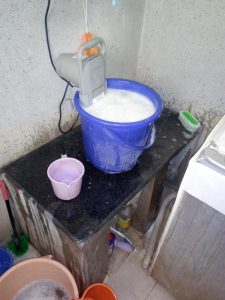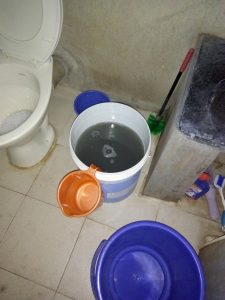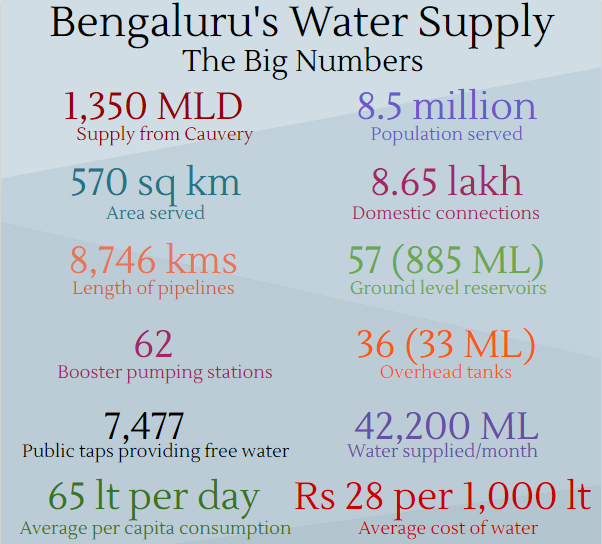Glimpse Of Intel AI & HPC Summit : Application’s Of Artificial Intelligence – Part 3
Read my previous article Part 2
Intel demonstrated some of the great applications of Artificial Intelligence where Intel’s hardwares and softwares out performing to solve complex problems in realtime using AI. Intel is working with many customers to solve their complex problems.
Application’s Of Artificial Intelligence
1. Tumour detection in large 3-D medical images
Identifying tumour from huge medical images is yet another complex problems, today we have algorithms which does this job better than doctors.
2. Disease Risk Prediction Using Genetic Variation Data
3. Classification and predictions of protein sequences
4. Intelligent Knowledge Management
This is another interesting application where, the algorithms analyse the huge set of documents and help the management to answer for complex queries.
5. Oil Rig Inspector Assist System
This is a very complex problem, identifying corrosion on nut-bolts under deep sea water is a complex problem solve for oil mining industries. Currently it is a manual process, where video cameras are fixed in oil rig systems and several hundred people will manually go through thousands of frames of videos manually and identify the corrosion on nut-bolts.
Now Intel is working with such industries to automate the process by analysing the video frames. thousands of video frames will be analysed in just few hours. The algorithms are capable of identifying the corrosion with great precision.
6. Self driving Cars and Car automation
BMW CARASSO is the system based on ai, the company is using to collect data from several sensors to debug their hard systems and to achieve the quality in their product. Company is using this system only for their internal quality improvements and to understand the roads and behaviour of the cars.
Intel has lot of open source code base which can be used for many such applications, kindly see the source code of Intel’s Nervana in Github




